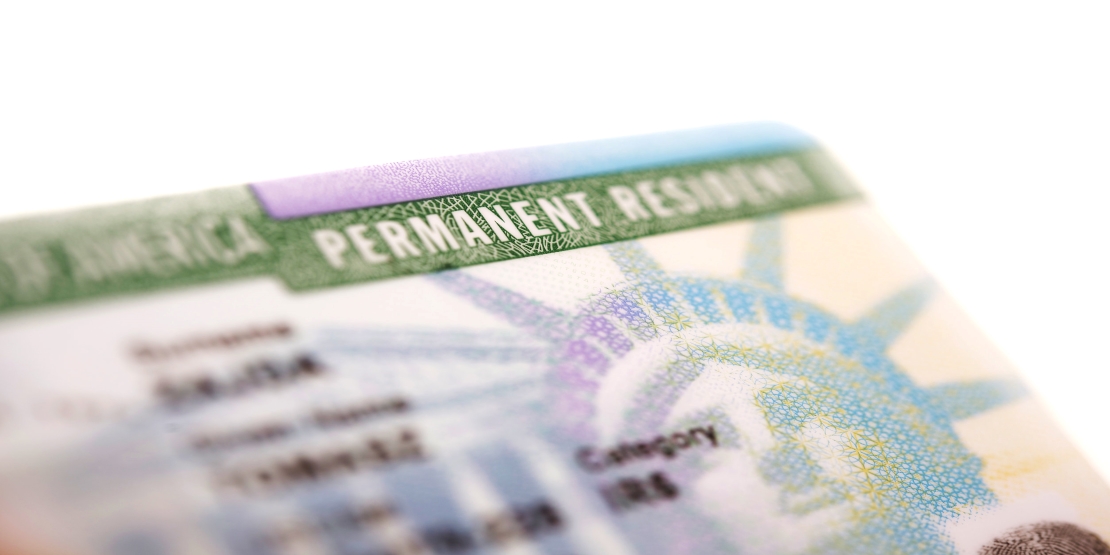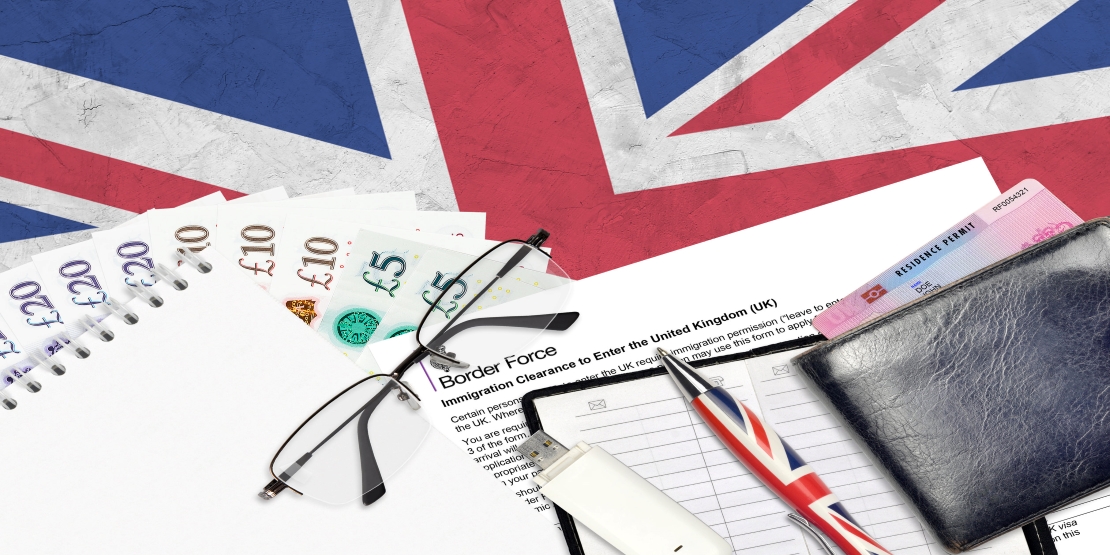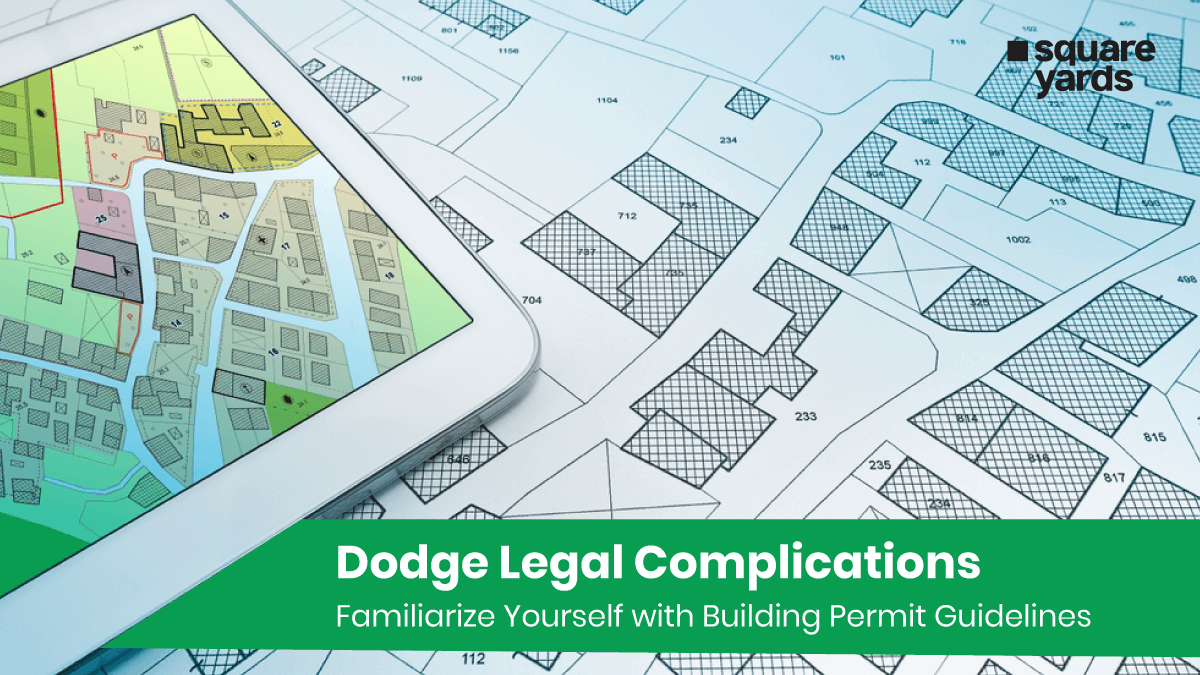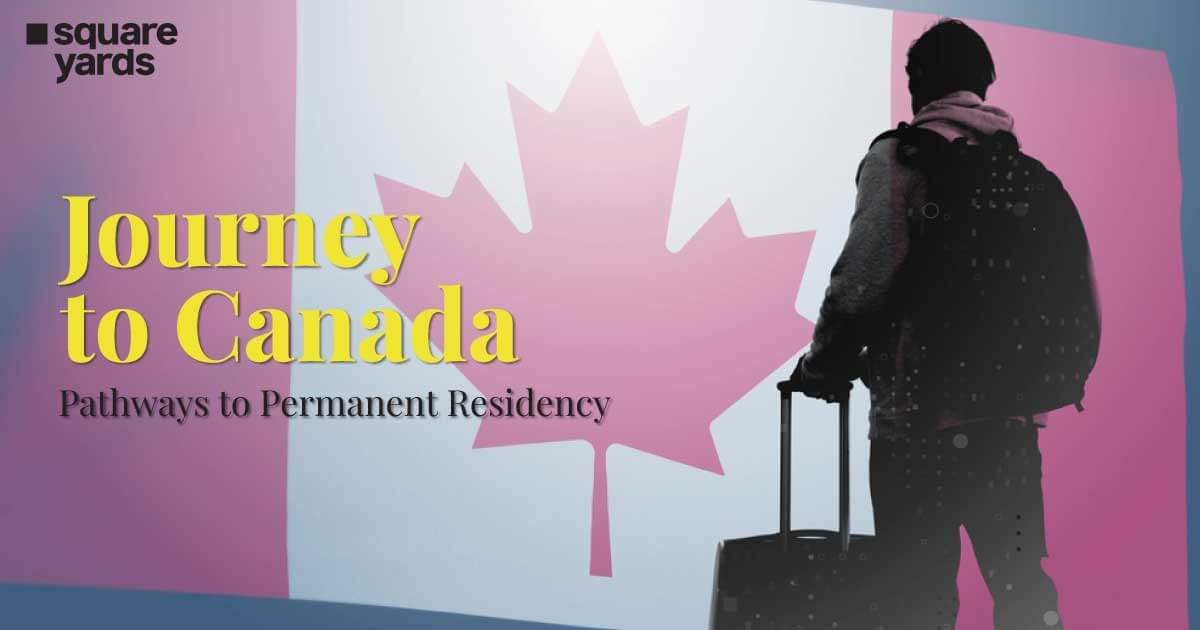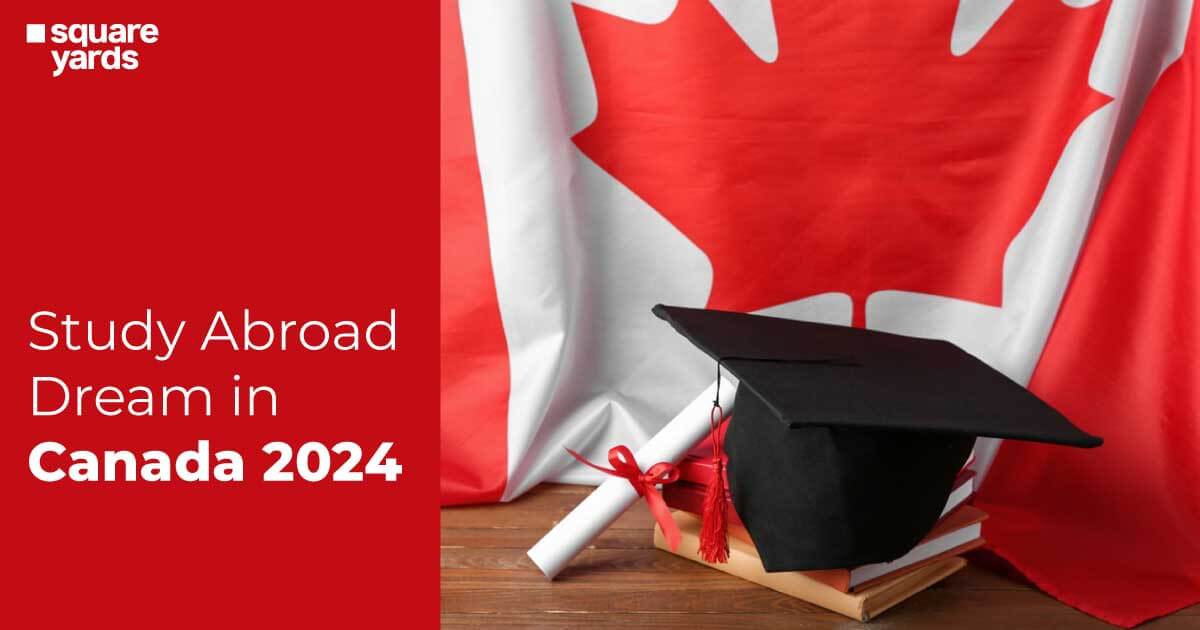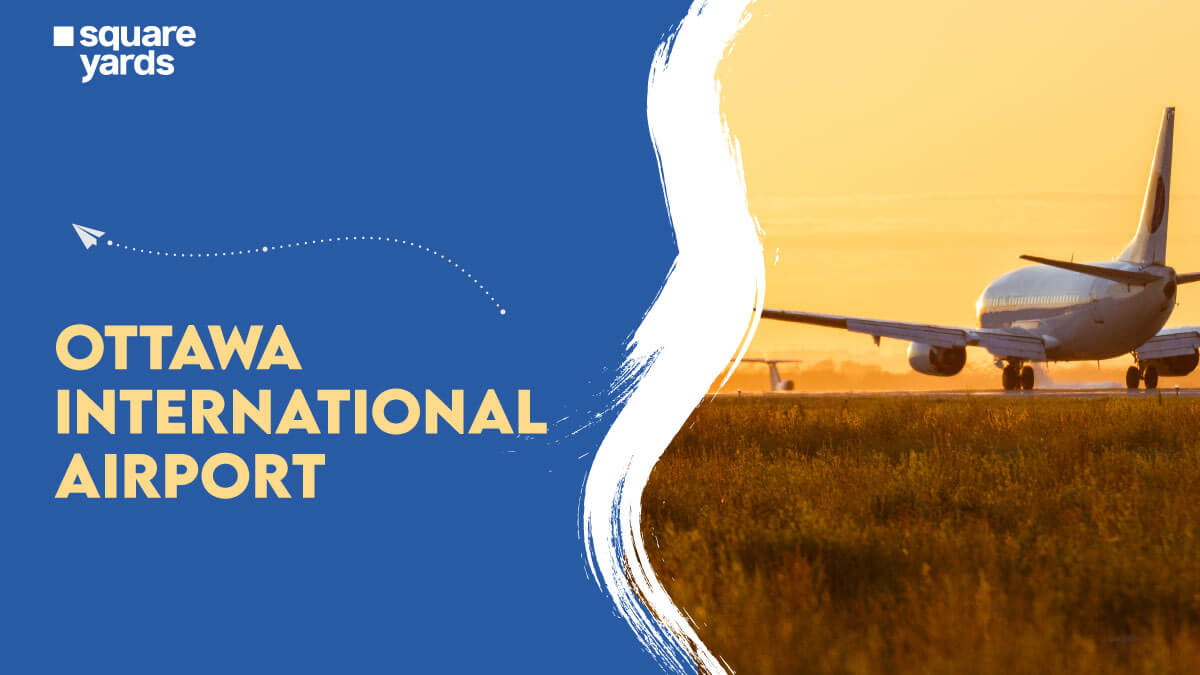If you have been living in Canada for quite some time now and are planning to become a permanent resident, now is your chance. The IRCC in Canada has made the process of converting from temporary resident to permanent resident really easy.
On April 14, 2021, the IRCC (Immigration Refugee and Citizenship Canada) announced the TR to PR pathway (Temporary Resident to Permanent Resident in Canada). It is a new pathway to permanent residency for over 90,000 workers and foreign graduates already staying in Canada.
In this article, let’s get to know all about the Temporary Resident to Permanent Resident pathway, its required eligibility and documents so that you can become a permanent resident in Canada, hassle-free.
Pathway Program from TR to PR
The IRCC (Immigration, Refugees, and Citizenship Canada) announced the intake of graduates and essential workers from May 21 to November 21. The programme was publicised by the IRCC to meet the target of 4,01,000 immigrants, which was earlier set for the years 2021–2023.
Due to the pandemic induced travel restrictions, the IRCC announced it is offering PR (permanent residency) to TR (temporary residents) in Canada. The IRCC took this step to meet the target that was earlier set to attract talented immigrants.
In this program, the IRCC expects to receive 90,000 submissions from international students (presently temporary residents) and essential workers in Canada. IRCC laid out the conditions and the applications were expected to be received by November 21.
The TR to PR pathway is a newly launched programme to obtain permanent residency in Canada. All the applicants are required to submit the application form via the Temporary Resident to Permanent Resident Canada portal.
TR to PR Pathway: Who Can Apply?
Candidates who work in Canada as temporary workers in the health department, as essential workers or as post-secondary institute graduates can apply for permanent residency through the TR to PR pathway.
The IRCC advocated six streams for the TR to PR pathway:
- Stream A: Healthcare workers in Canada
- Stream B: Important Non-Healthcare Workers in Canada
- Stream C: International Graduates
- Stream D: French-speaking healthcare workers in Canada
- Stream E: French-speaking non-healthcare workers in Canada
- Stream F: International French-speaking Graduates in Canada
Eligibility Criteria for the TR to PR Pathway
To apply for permanent residence in Canada via the TR to PR pathway, you must fit into one of the three streams perfectly.
- You must be a temporary worker in the healthcare sector.
- You must be a temporary worker in some essential Canadian occupations, including a broad range of jobs from cashiers to electricians.
- You must be a recent graduate from a Canadian post-secondary institution.
- The specifics of all the mentioned streams are outlined below:
- Employees in the A and B streams must have at least one year of work experience in Canada.
- Graduates (stream C) must be qualified for their post-secondary course in the last 4 years and not earlier than January 2017. If the applicant belongs to one of the six streams and is still residing in Canada, the candidate is eligible to administer the TR to PR pathway.
- The applicant is required to submit the form and pay fees for the completion of biometric proceedings to avail the letter of biometric instructions. This letter will help hasten the application formalities for the applicant.
TR to PR Processing Time
Generally, the TR to PR processing time takes around 4–5 weeks. However, this timeframe might exceed and can be quite uncertain as of now due to the prevailing global pandemic. The IRCC cannot process the application as in the past, and thus, can’t provide an uncertain timeline for addressing the TR to PR applications. But it starts the processing once they get the application with all the required and relevant documents.
Documents Needed for the TR to PR Procedure
Here is the list of all the documents required for the Temporary Resident to Permanent Resident pathway streams:
Entry Proof and Your Status in Canada
The applicant is required to submit a work permit or a study permit as proof of their stay in Canada. This proof is to be shown during the application submission and also when the IRCC decides to issue your PR.
Employment Proof in Canada
You are required to provide your employment proof in Canada along with a work permit that supports your employment status in the country. You can submit a reference letter from your current organization along with the contact details of your employer.
NOTE: The reference letter must contain the salary details of the applicant, designation, employment period, and a weekly number of hours.
Language Score Certificate
The TR to PR applicant needs to submit the language efficiency scores for the pertinent streams. Along with proof of studies completed in Canada, a formal notice of graduation and a letter from the institution is also required as supporting documents for the international graduate stream.
How to Apply for the TR to PR Transition Pathway
Here are the things to keep in mind when applying for TR to PR transition pathway.
- Make sure you are eligible.
- Create your account on the official IRCC portal.
- Fill in the required details. Upload and submit the relevant documents from your IRCC account.
- Download the form to fill it out.
- If you have trouble downloading the form, you can instead fill it out online by right-clicking the displayed link and choosing the “Save as Link” option.
- Take the print-out, sign, and date your application form.
Remember to do the following before submitting your application.
- Click on the “Validate” button at the top of the form.
Note: Always tap the Validate button on the 2D barcode form. - After providing all the information, the barcode will appear at the end of the document.
- Do not click on the signature panel and do not print the 2D barcode form.
- Submit the form online at the IMM 0008 space on the portal.
- Fill in your name and answer the security questions (this will be your e-signature.)
- If you fall into the age bracket of 14–79 years, you are required to get your fingerprints and photo taken.
- Pay the biometric fee along with the application.
- Submit your biometrics within 30 days of receiving the letter from IRCC.
In a Nutshell
The TR to PR pathway is a really convenient and easy programme of permanent residency in Canada announced by the IRCC for all the temporary essential workers in the country. The six categories of the IRCC define who can apply for the pathway while following its eligibility criteria. You can easily get permanent residency in Canada by following the aforementioned steps and document checklist under its usual processing time.
FAQs
– Cross-check the eligibility criteria.
– Download the form.
– Be ready with the documents.
– Get your photo and fingerprints taken.
– Make your payment online.
– Submit your application.
Generally, it takes around 4 to 5 weeks. Depending on the pandemic condition, the time might fluctuate a little.
A TR (temporary residency) is a Canadian immigration status issued by an immigration officer to a foreign national, allowing them to stay in Canada for a temporary time period. Therefore, when a foreign national gets temporary residency in Canada, they become a TR.
Although the PR applicants are allowed to leave and enter Canada while their PR is in progress, you must stay in the country for a specific extended period because the application could be refused if the applicant is not found residing in Canada.
Most temporary residents stay for up to six months in Canada. If you are allowed to travel to Canada on your temporary residency, the border service officer will put the leaving date on your passport.a
If you leave Canada for six months, you might lose your residency. Then you’ll need to stay three months straight in Canada to get your residency and benefits back.
No confirmation is provided yet on the reopening of TR to PR pathway via IRCC. But if approved by the IRCC, the TR to PR portal will be issued on December 31, 2022.


